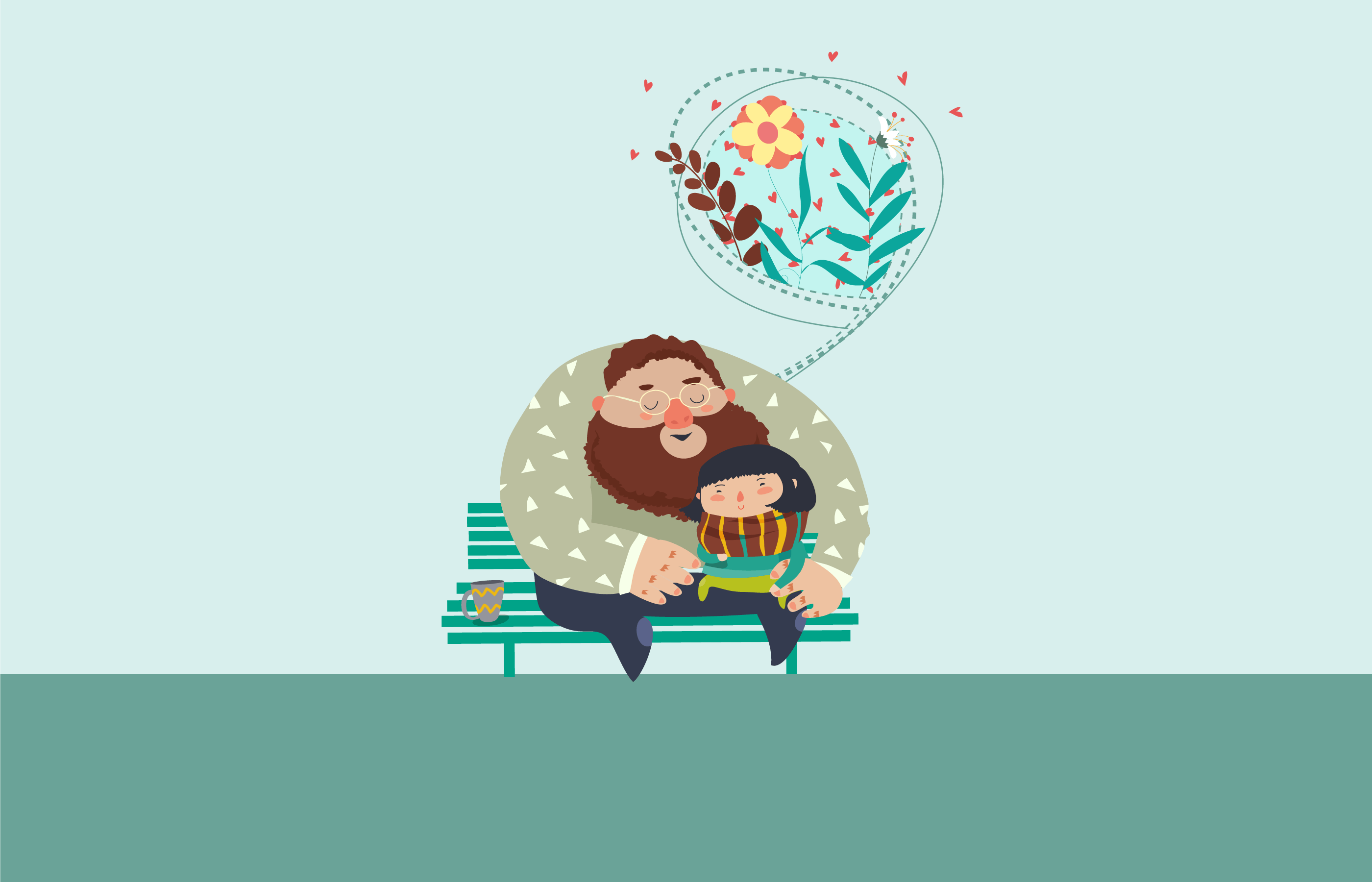In the midst of my worst moments of anxiety and panic, I would focus incessantly on the physical sensation and fear that it was something serious and harmful. But, as I learned over time from several experts, my attention was directed on the wrong thing. What if I could shift my focus to something else – something more interesting and positive?
As it turns out, scientists have discovered over the past several years the incredible power we have within ourselves to transform our brain, and therefore, our thoughts. In "The Whole-Brain Child," author Daniel J. Siegel M.D. explains how the brain physically changes in response to new experiences. “With intention and effort, we can acquire new mental skills. …when we direct our attention in a new way, we are actually creating a new experience that can change both the activity and ultimately the structure of the brain itself.”
How does this work? Our new thoughts activate neurons in our brain, a process referred to as neural firing. This leads to the production of proteins that create new connections between neurons. Therefore with focused attention we can actually change the physical structure of our brain.
This entire process is called neuroplasticity, a very exciting new realm of science that experts are trying to learn more about every day. Because our brain can change based on what we experience and focus on, we can alter the way we respond to and interact with the world around us. We can even reduce negative patterns and form new, healthier ones.
How we can change our brain
A collection of scientific evidence shows how focused attention can reshape our brain, as Daniel J. Siegel points out. Brain scans of violinists, for example, show dramatic growth and expansion in regions of the cortex that represent the left hand, which is the main finger used to play the violin strings. Another study showed that the hippocampus, which is critical for spatial memory, is enlarged in taxi drivers.
The magic of focused attention is that we can use it to help get over negative emotions like fear. We can redirect our attention towards something that relaxes us.
“By directing our attention, we can go from being influenced by factors within and around us to influencing them. When we become aware of the multitude of changing emotions and forces at work around us and within us, we can acknowledge them and even embrace them as parts of ourselves – but we don’t have to allow them to bully us or define us. We can shift our focus to other areas of awareness, so that we are no longer victims of forces seemingly beyond our control, but active participants in the process of deciding and affecting how we think and feel,” Siegel writes in his book.
Fortunately, we have many effective tools to use to achieve more focus and create deep connections in our brain. We can use mindfulness meditation, yoga, Qi gong, breathing techniques, guided imagery, cognitive behavioral therapy, and even brain exercises to develop our focused attention. All of these approaches involve directing our attention to a specific object, image, sound, mantra, or even our own breath.
In addition, Siegel developed a whole new technique called “Mindsight” to become mindful of all our mental activities, reorganize them, and then re-wire our brain. It goes a step further than mindfulness because it’s not just about being present in the moment, but about having the ability to monitor what’s going on and then to make a conscious change. This can have huge implications for those suffering from stress and anxiety.
Ways for kids to practice focused attention
Teaching our children this special trick of focused attention can help them in so many ways throughout their lives. By being aware of their emotions and learning how to shift their concentration, they will be empowered and feel in control of their thoughts, feelings, and bodily sensations. From an early age, we can start to introduce some fun ways for kids to build up their focused attention muscle.
- Point out the positive. When faced with setbacks or unwelcome news, ask your children to find the positive in those situations. Paying attention to the positive rewires our brain for happiness and increases our awareness.
- Play listening and conversation games. Because of all their technology use, our children are missing out on really important skills like listening and how to hold an in-person conversation. Play games like "whisper down the lane" or verbal memory so that your kids can improve their ability to listen carefully.
- Creative arts. When our children are immersed in art – whether it be music, painting, writing, or drawing – they reach a state of flow, the sense of being completely engaged in an activity to the point of being in a near meditative state. When we are in a state of flow, we forgot about all our thoughts and lose track of time. Sign your kids up for an art class or music lesson, encourage them to spend time journaling, and bring out the karaoke machine to get them focused through creativity.
- Mindful play. Choose toys and games that require your children’s full attention, such as spinning tops, dominoes, building a house of cards, brain teasers, or board games like Operation and Memory.
- Breathing exercises. One of the most basic and commonly used meditation approaches is deep breathing, which has been found to help return our breathing back to normal and alleviate unsettling feelings of stress and anxiety. Practice breathing exercises with your children so they can learn how to do it on their own when they are stressed.
- Yoga practice. Yoga offers so many incredible benefits to our children, including a time for inner focus and to connect to their bodies. Enjoy doing poses together as a family and showing your kids that they can tap into the skills learned during yoga throughout their day to address the pressures and stress they endure.
- Enjoy nature scenes. Focusing on awe-inspiring scenes of nature – whether in person or through pictures and videos – can engage our children’s attention. Schedule some outdoor time, sit down and watch a nature show, or enjoy gorgeous photographs of our natural environment. Teach your children that just sitting quietly and staring at these images is relaxing and a helpful focus exercise.



